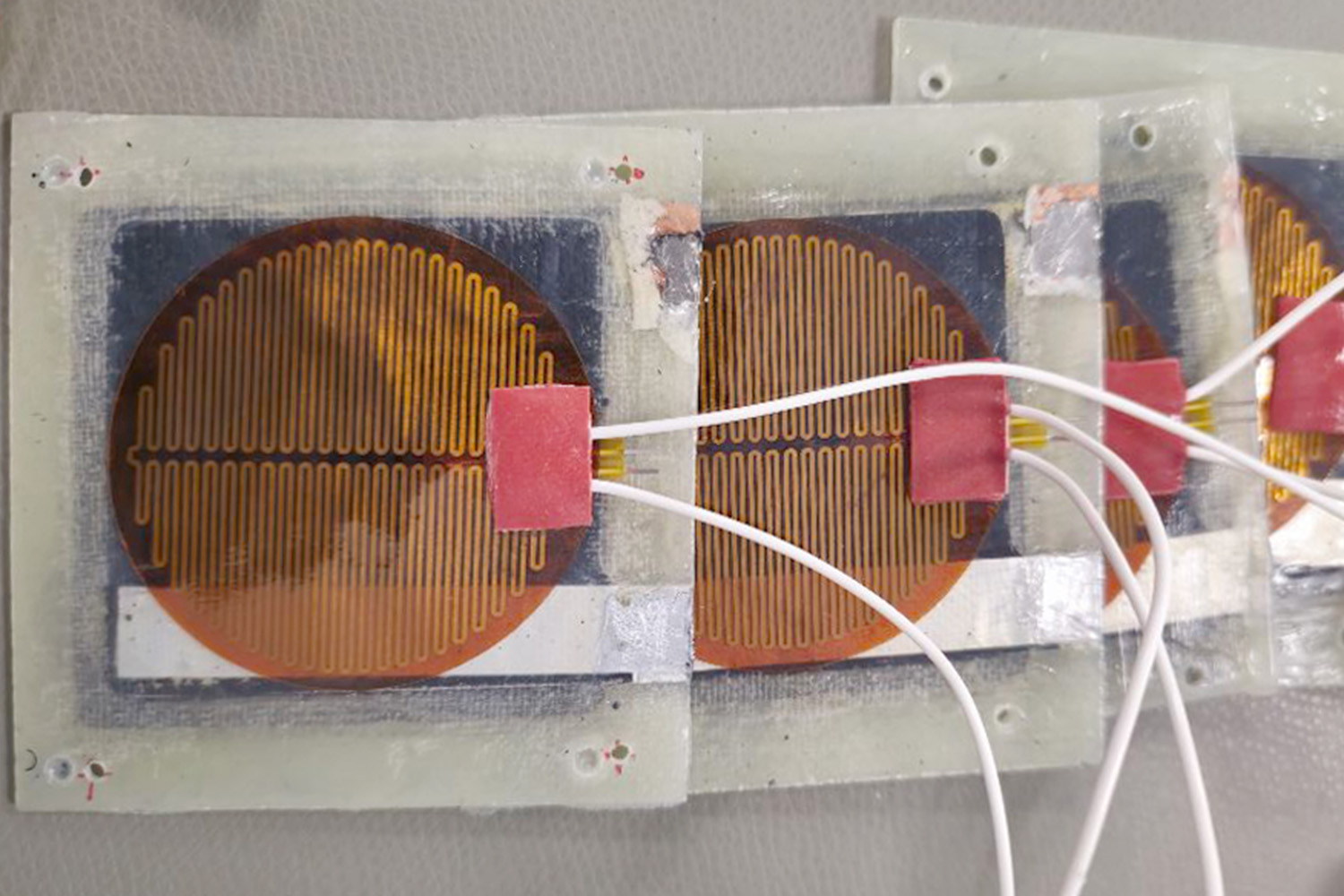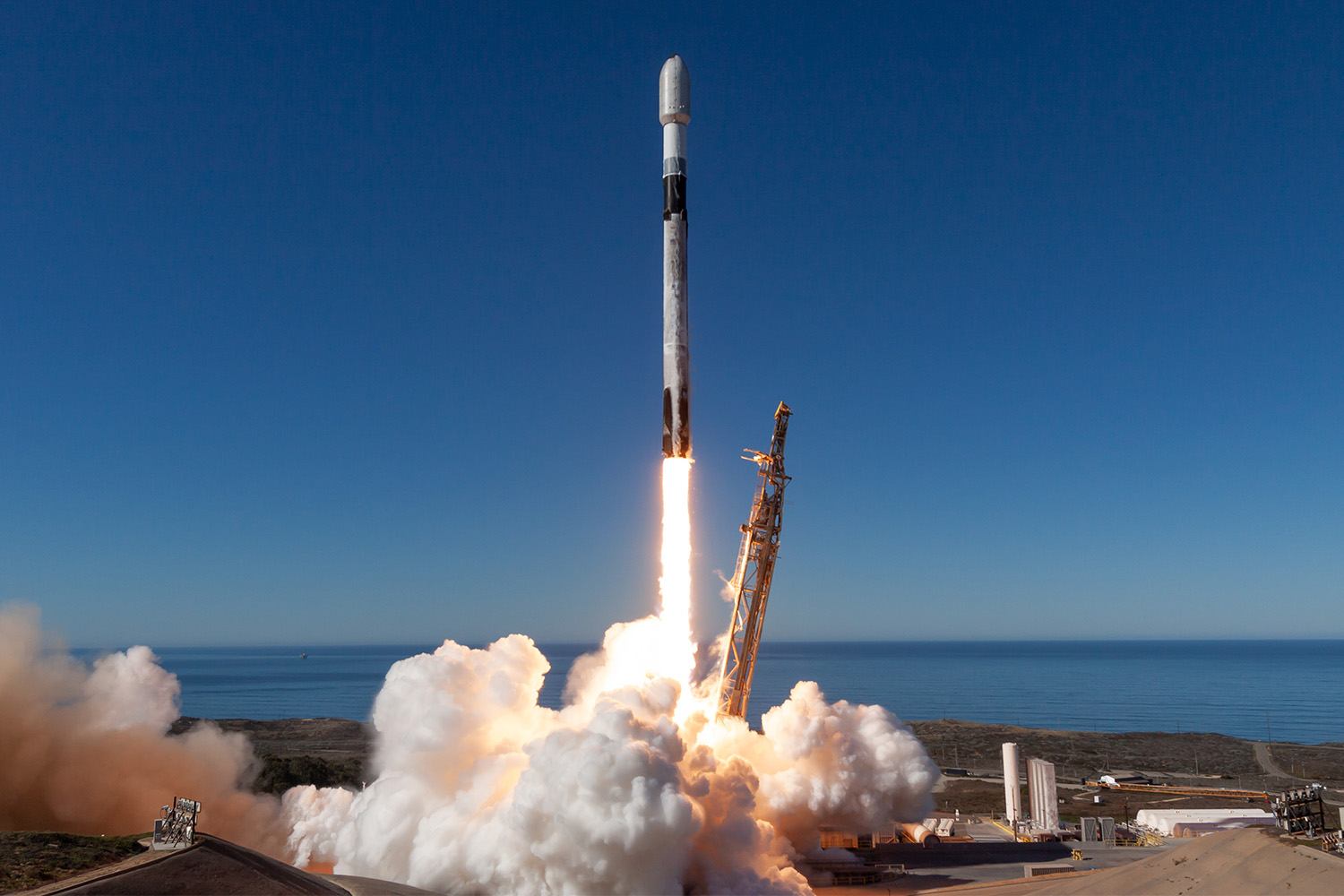Braunschweig batteries in space Small satellite with integrated battery to be tested in orbit
It has no cables and its supporting structure can also be a battery: teams from Braunschweig, Berlin and Würzburg have been researching such a cleverly designed small satellite since 2020. The battery storage system ‘Wall#E’ was largely developed at Technische Universität Braunschweig in the Cluster of Excellence for Sustainable Aviation SE2A, while the wireless infrastructure ‘Skith’ was developed in Würzburg. A small satellite equipped with this technology was launched on 14 January 2025 and will orbit the Earth for one year. The results of the demonstration flight are relevant for further sustainable developments in aerospace.

Structure-integrated batteries. Photo credits: Benjamin Grzesik/TU Berlin
Wall#E – a battery made from a special fibre structure
Structural batteries consist of a special fibre composite structure that can store electrical energy and at the same time act as a supporting structure for the satellite. This type of battery allows a significant reduction in the mass and volume of a satellite while maintaining the same level of performance. When used in a small satellite, it is particularly important to plan for its use in space conditions. This type of energy storage is called ‘Wall#E’ and was developed in Braunschweig at the Institute of Space Systems and the Institute of Particle Technology (iPAT) as part of a project in the Cluster of Excellence for Sustainable Aviation SE2A, and at TU Berlin at the Institute of Aeronautics and Astronautics.
Wireless satellite infrastructure ‘Skith’
The Skith (Skip the harness) wireless satellite infrastructure was developed at the Julius Maximilian University of Würzburg. It eliminates the need for conventional cable connections between satellite components by enabling data transmission using robust and fault-tolerant ultra-wideband radio. This reduces the mass, complexity and integration effort of the satellite. Another advantage is that individual satellite components can be easily replaced, even close to launch.

SpaceX rocket launch on 14 January 2025. Photo credits: SpaceX
These two technologies will be used for the first time in the small satellite InnoCcube, which was launched into orbit aboard a SpaceX rocket on 14 January 2025. The satellite will be tested for about a year. The satellite, which weighs about four kilograms, will orbit the Earth at an altitude of 500 to 600 kilometres.
The knowledge gained from the orbital tests will feed into both terrestrial and space technologies. For example, it is conceivable that the combination of Skith and Wall#E could enable the construction of aircraft with fewer cables and energy-storing outer walls. This would save weight and could potentially open the door to electric flight.
The Wall#E and Skith technologies were the winners of DLR’s INNOspace Masters competitions in 2016 and 2017 respectively. Their development was funded by the DLR Space Agency in separate projects, with support from the German Federal Ministry of Economic Affairs.

